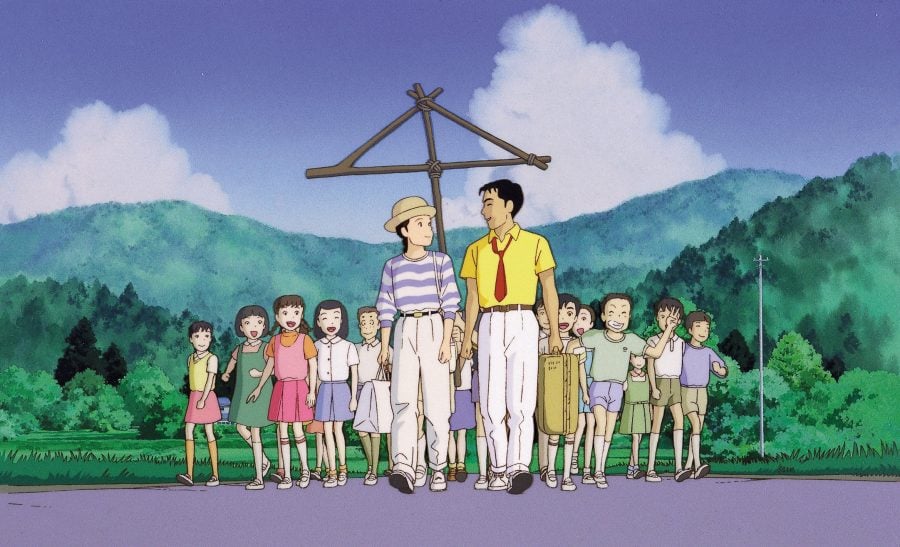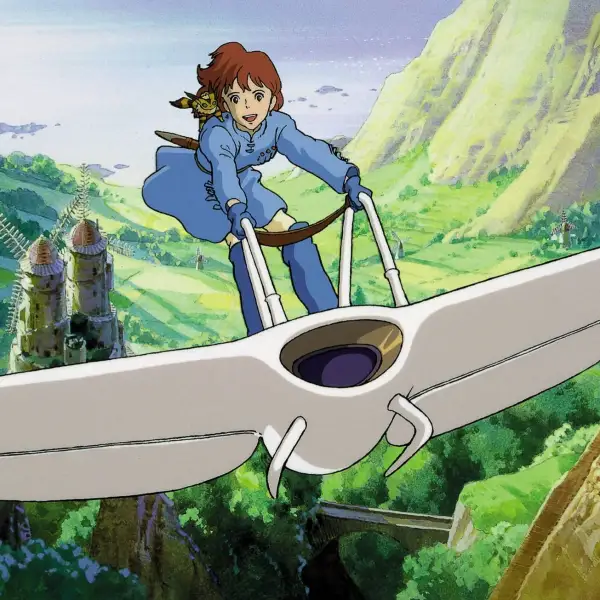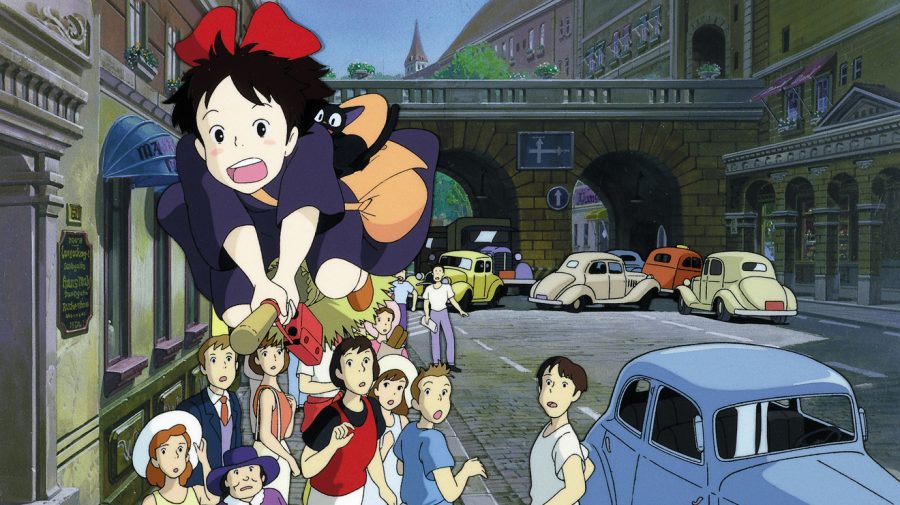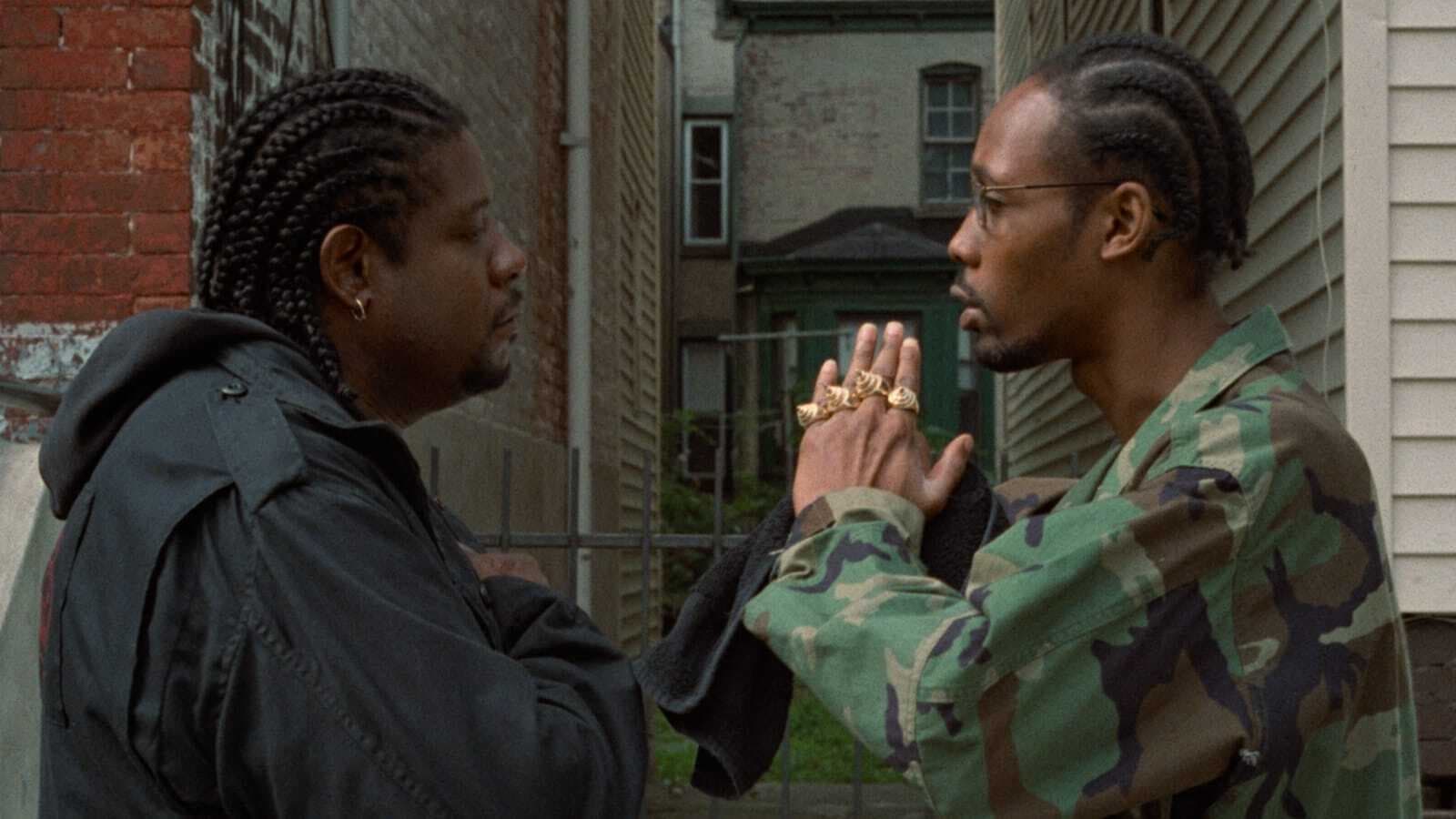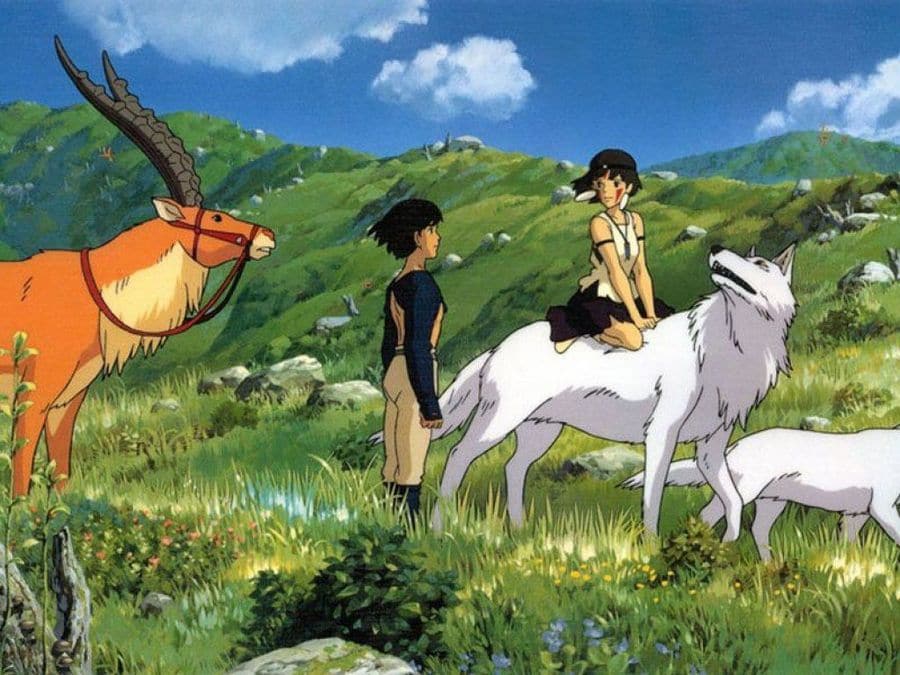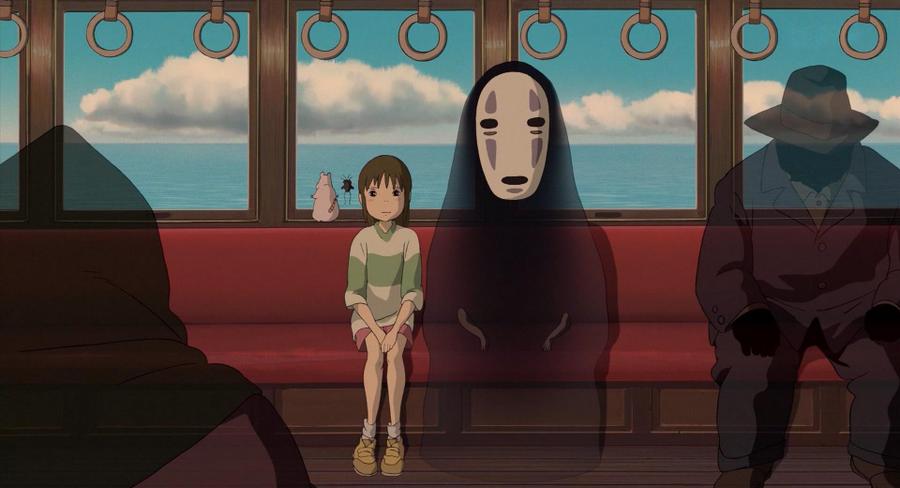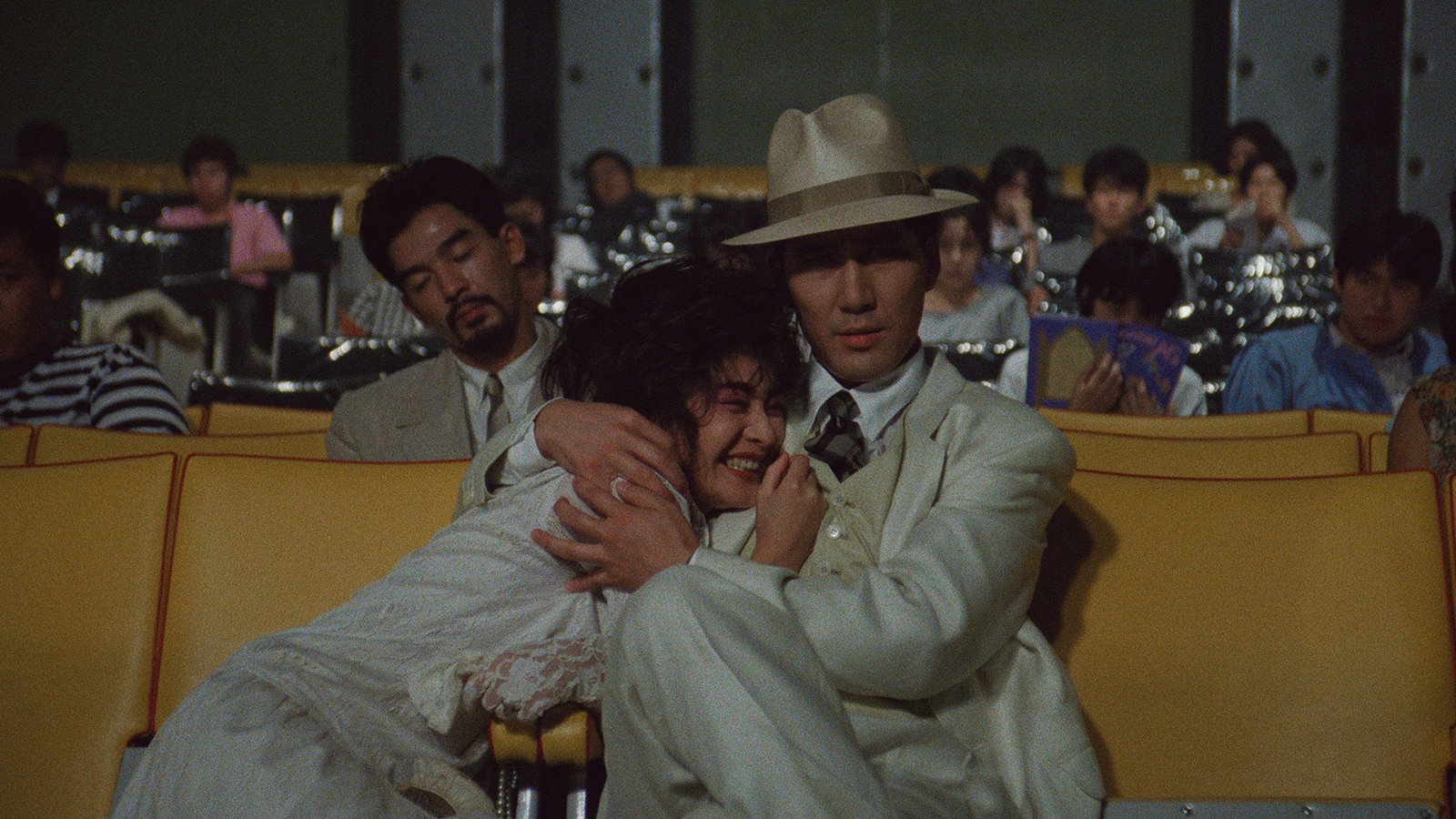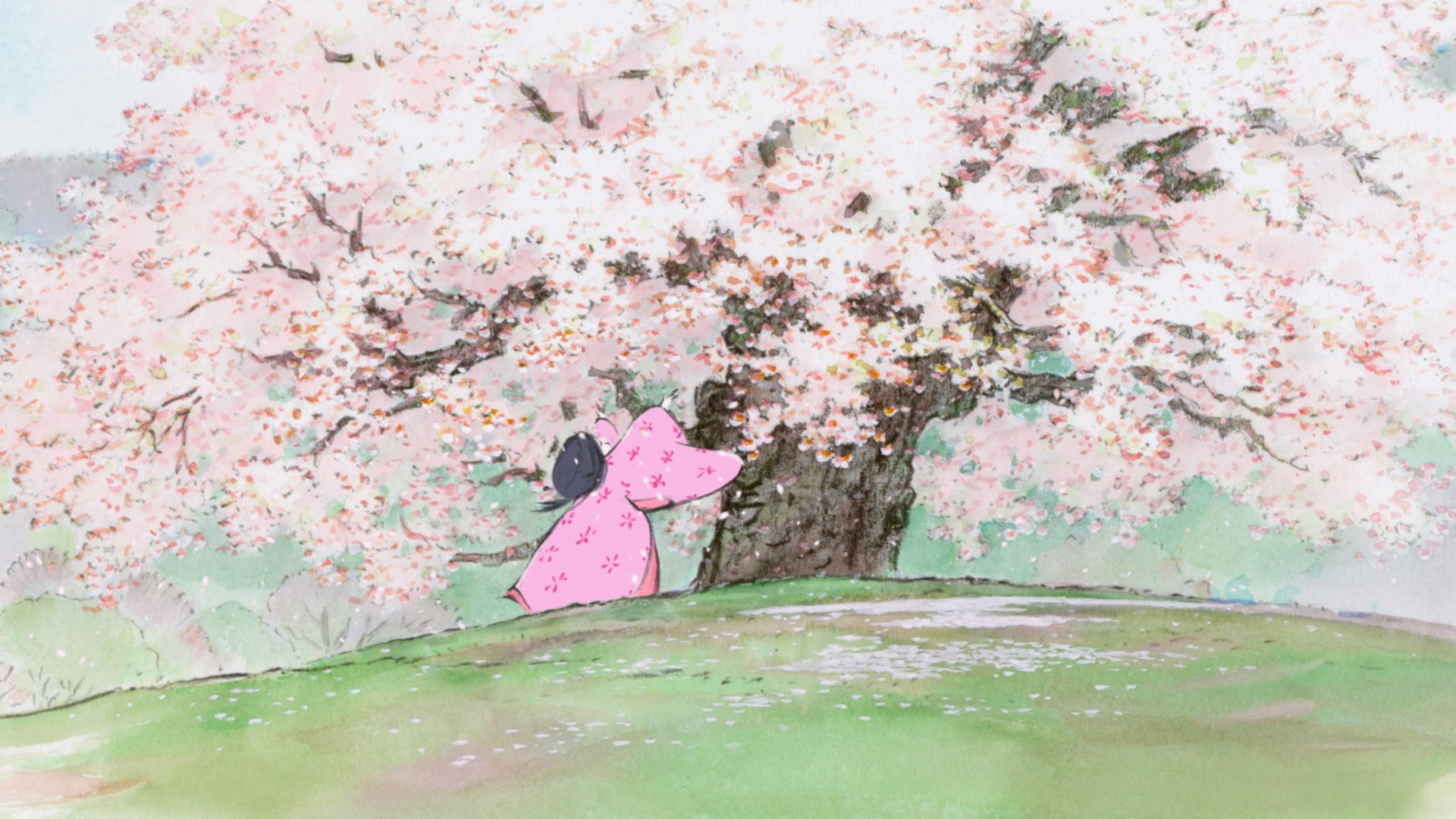The 10 Best Japanese Movies on Max
It’s no surprise that Japanese cinema has become such a prominent and popular export to high-profile, international streaming platforms like Max. Apart from having a storied history of revered classics dating all the way back to the 1930s or earlier, Japanese cinema typically manages to blend high emotion with a sophisticated style—making them appealing to all kinds of audiences. In this list of little-known but highly-rated Japanese productions and co-productions, you’ll find a lot of anime but also a fair share of live-action films, often with that same elegance and visceral style of storytelling.
After finishing his contract with Shochiku, Yasujirō Ozu shifted gears with Floating Weeds, an adaptation of one of his previous black-and-white silent films. There are a few differences. It has sound and color, it’s set after World War II, and Ozu works with a new team, including actual kabuki actor Nakamura Ganjirō II. With these changes, Ozu sharpens his parallel romances for a generational conflict split by the war. The classic melodrama had taken on a new meaning. As Komajuro meets his son, and his kabuki theatre fails to sell, Ozu observes a world that has changed for the better, but has left some unable to do the same. Floating Weeds still holds the story’s original themes, but it thoughtfully reimagines the family of its time through Ozu’s appreciation for the everyday.
This beautiful, realistic, and nostalgic anime movie about childhood is one that almost anyone can relate to. Set in the year of 1982, twenty-seven-year-old Taeko Okajima is traveling to the countryside by train. Along her journey, she gets flashbacks of her childhood: mostly in elementary school, stealing glances at a boy, and navigating puberty. The movie goes back and forth between past and present, easily making one long for sun-filled summers of yesteryear and silly jokes between playfriends. As well as telling a story about Taeko’s past, Only Yesterday also tells a story about her present, and the combined realism of the plotline with the beautiful animation grips you and doesn’t let go. Only Yesterday truly feels like home.
Visiting a relative can feel strange, because especially when the loved one you share is gone, the visit will inevitably bring up feelings of grief, nostalgia, and being stuck because of it. But no visit would be as strange as the 1977 cult horror classic House. It’s a classic not because it’s particularly scary– in fact, most of the time, the film is much more bizarre than terrifying– but because this grief manifests in the eccentric estate through unusually unrealistic, but undeniably stylish psychedelic visions that stem from the kind of nightmares one would get as a kid as well as the real-life devastation Nobuhiko Obayashi faced as a Hiroshima survivor. It’s because of these absurd images that House escapes explanation, yet still became Obayashi’s definitive work. Hausu is simply a film that you have to visit for yourself.
This post-apocalyptic sci-fi adventure might have escaped the radar of most Ghibli fans, but that’s mostly because it isn’t a Studio Ghibli film. Shocker, I know. But that’s the reason why Nausicaä of the Valley of the Wind deserves more love. In its manga form, Nausicaä proved that Hayao Miyazaki was capable of the nuanced, yet epic storytelling that is rare to see in action comics. In its movie form, Nausicaä also proved that that storytelling can jump straight to the silver screen, and that Miyazaki works best with his own original work. In other words, Nausicaä was a Ghibli film before the studio was created, and its resulting success proved that audiences were hungry for more.
Hayao Miyazaki is no stranger to the fantastical. Howl’s Moving Castle and Spirited Away conjure worlds of spirits and demons, monsters and witches, imaginary wars and extraordinary heroes. But in Kiki’s Delivery Service, the real magic arises from the mundane.
The titular teenaged Kiki leaves home, setting out to become a better witch. She arrives in the idyllic seaside town of Koriko with only her broom and best friend, a black cat named Jiji. When she serendipitously meets Osono, the gentle owner of a bakery, Kiki begins a delivery service as part of her training.
Kiki’s Delivery Service may be one of Miyazaki’s more understated films, but it’s a beautiful reminder that believing in oneself is a magical act of courage that we should all undertake.
Director Jim Jarmusch audaciously combined the DNA of French noir classics with that of samurai and mafia movies to produce this utterly original film. As advised by the ancient Japanese manual it often quotes, though, Jarmusch’s movie also “makes the best” out of its own generation by adding hip-hop into its wry genre blend. The results are more than the sum of their parts, especially because the film is so eccentric: no matter how au fait with its inspirations you are, you still won’t see “Forest Whitaker plays a lonely hitman who wields and whooshes his silencer pistol like a samurai sword, lovingly tends pigeons, and can’t even speak the same language as his best friend” coming.
Ghost Dog’s strangeness is never jarring, though, thanks to Whitaker’s cool, collected performance, an atmospheric score by Wu-Tang Clan’s RZA, and the cinematography’s tendency to use smooth double exposures for scene transitions. It almost feels like we’re in another world: Jarmusch zooms in on the Bushido code obsessions of Whitaker’s single-minded character and the mafiosos’ dying laws, blurring out everything else so the movie becomes a meditation on the impulse to moralize one’s misdoings by subscribing to rigid definitions of “honor.” Not an exercise in surface style, then, but a bone-deep reflective masterpiece.
From the legendary Hayao Miyazaki, and courtesy of Studio Ghibli, which also brought you Spirited Away, comes this epic whirlwind of a story. Set during a fantastical late Muromachi period, the medieval era of Japan, in a time when many humans were still living among nature, while others set out to conquer and tame it, the movie follows a young man named Ashitaka, who he seeks cure for the curse of a boar god, giving him superhuman powers but eventually killing him. He rides west on a fantastic beast, where he eventually sees a young woman named San, also known as Princess Mononoke. What unfolds from here, is an epic tale of mythical war on many fronts, between the nature gods and humans. While this may sound like a dichotomy, it never is that morally simplistic. The story is action-packed and fast-paced, drawing freely from Japanese mythology as well as modern hot-topic political issues. Add to this the fantastic visuals: Hayao Miyazaki uses a mixture of hand drawings and 3D rendering that are nothing short of spectacular. In short, Princess Mononoke is movie history. If you haven’t seen it yet, do it now.
Frequently considered one of the greatest animated movies of all times, and certainly the highest-grossing film in Japanese history, Spirited Away is Hayao Miyazaki and Studio Ghibli at their very best. It was also the first non-English animation movie to win an Oscar. On the surface, it’s a film about a Chihiro Ogino (Hiiragi), a young girl who stumbles into an abandoned theme park with her parents. In a creepy spiritual world full of Shinto folklore spirits, she sees all kinds of magic and fantastic creatures, while having to find a way to save her parents and escape. In addition to the adventure, the coming-of-age theme, and the motifs of ancient Japanese lore, the film can also be understood as a critique of the Western influence on Japanese culture and the struggle for identity in the wake of the 1990s economic crisis. A deep, fast-paced, and hypnotizing journey.
While billed as a “ramen western”, Tampopo satirizes plenty of other American genres, including, but not limited to: 1) the inspirational sports film, with Tampopo’s diligent training, 2) the erotic, arthouse drama through its egg yolk kiss, 3) the witty, social comedy pointing out the absurd in dinnertime tables, and 4) the melodramatic mafia romance with its room-serviced hotel getaway. But the film doesn’t buckle under the weight of carrying all these genres– instead, the customer vignettes are all delicately plated to balance out the hearty journey of a store owner learning about ramen and the bemused, yet cohesive contemplation about food. Tampopo is one of a kind.
Based on a classic Japanese folktale, Isao Takahata’s last film will break your heart. This adaptation, of course, follows Princess Kaguya from her being discovered in a glowing bamboo stalk to her departure to the moon. However, while faithful to the original tale, Takahata’s direction turns this historical fantasy into a heart-wrenching coming-of-age film as ethereal as the titular character. The film doesn’t focus on the crazy pursuit of her suitors; instead, we’re drawn to the simple experiences Kaguya herself is drawn to and wants more of, as she tries to balance her life with the societal expectations places on women. All of which is rendered through the film’s lush watercolored scenes of the blowing wind or the opening of plum blossoms.



